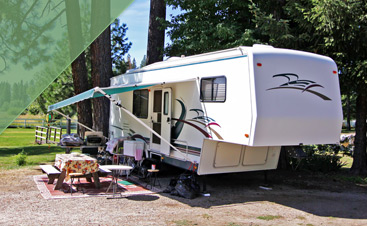Beware of Certain Plants while Camping
It’s pretty much a given that if you are camping or RVing, you are spending a good amount of time outdoors. Whether you prefer to spend your time sitting idly at your campsite or would rather be active and hike the surrounding areas, the outdoors and all it has to offer, is an inherent part of camping. But all that natural beauty does come with its share of hazards. When camping in Lafayette, or elsewhere in Louisiana, understanding which plants in the area are toxic or poisonous is key to staying healthy while out and about. Louisiana’s list of common noxious plants include poison ivy, oak and sumac and are often confused for other plants. Here’s a quick guide to help you recognize them:
- Poison Ivy – Though it grows more as a bush in the northern regions of the US, poison ivy grows more as a vine in southern areas. Noted for the leaves that grow in groups of three, the plant has details within those leaves that differentiate it from others. The middle leaf has notched margins and a pointed tip where the other two side leaves have an elongated lobe that resembles a thumb on a hand. The tree-climbing vines often create brown rootlets that attach themselves to the bark of the tree and sometimes extend their leaves away from the trunk, causing observers to believe that they might be the tree’s leaves rather than the ivy’s. Look for signs of poison ivy alongside trails and as undergrowth.
- Poison Oak – Growing as an upright bush in the south, poison oak is identified by leaves in groups of three but with less pronounced lobes than those found on poison ivy. Indicative of its name, the leaves resemble oak leaves in shape with more rounded edges.
- Poison Sumac- Growing much like a shrub like holly, poison sumac’s new stems and leaf axis are both red in color. The leaflets themselves are smooth with a pointed tip that slightly dips. Poison sumac’s berries are green and hang down where sumac that is benign has red upright berries.





